A quick guide to buying the right kitchen sink and faucet

Buying a kitchen sink and faucet isn’t the most exciting thing, and with the vast amount of choices out there, doesn’t make for a fast decision either.
So we put together the basics of what you need to know in this guide, from the materials you can choose to the different features to look out for, so you can shop quick and informed.
When it comes to the material choice, these are the most common ones out there.
Stainless steel : Hygienic, durable and hardy, but it does require regular cleaning to prevent water spots. It can also scratch and look dull over time if you don’t care for it properly e.g. wiping it dry after use. Choose a higher quality stainless steel to reduce vibration and noise when washing up.
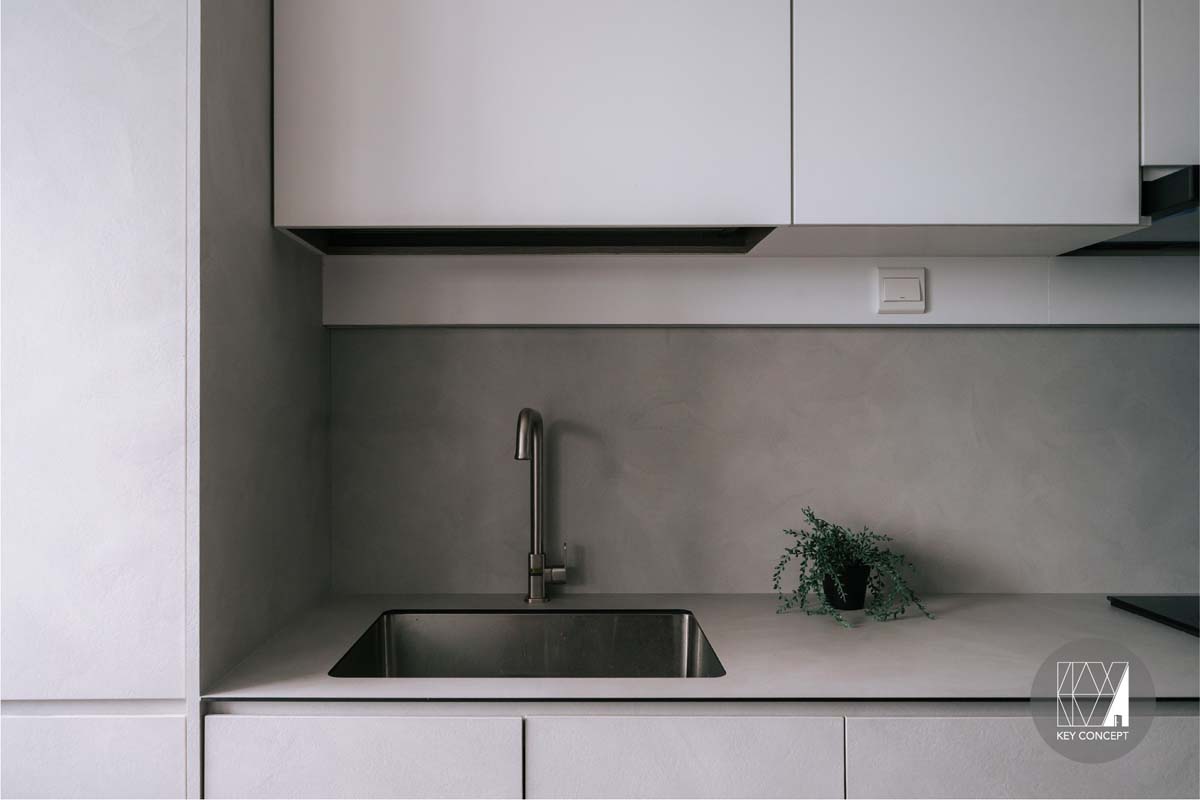
The standard you should aim for is 304 stainless steel, which comprises 18 per cent chromium and 8per cent nickel.
Fireclay : A type of ceramic-porcelain material that is fired in a kiln at very high temperatures, making it exceptionally durable, non-porous and resistant to heat. Most commonly used to make farmhouse sinks. Expensive, and very heavy so you will need a cabinet that can withstand its weight.
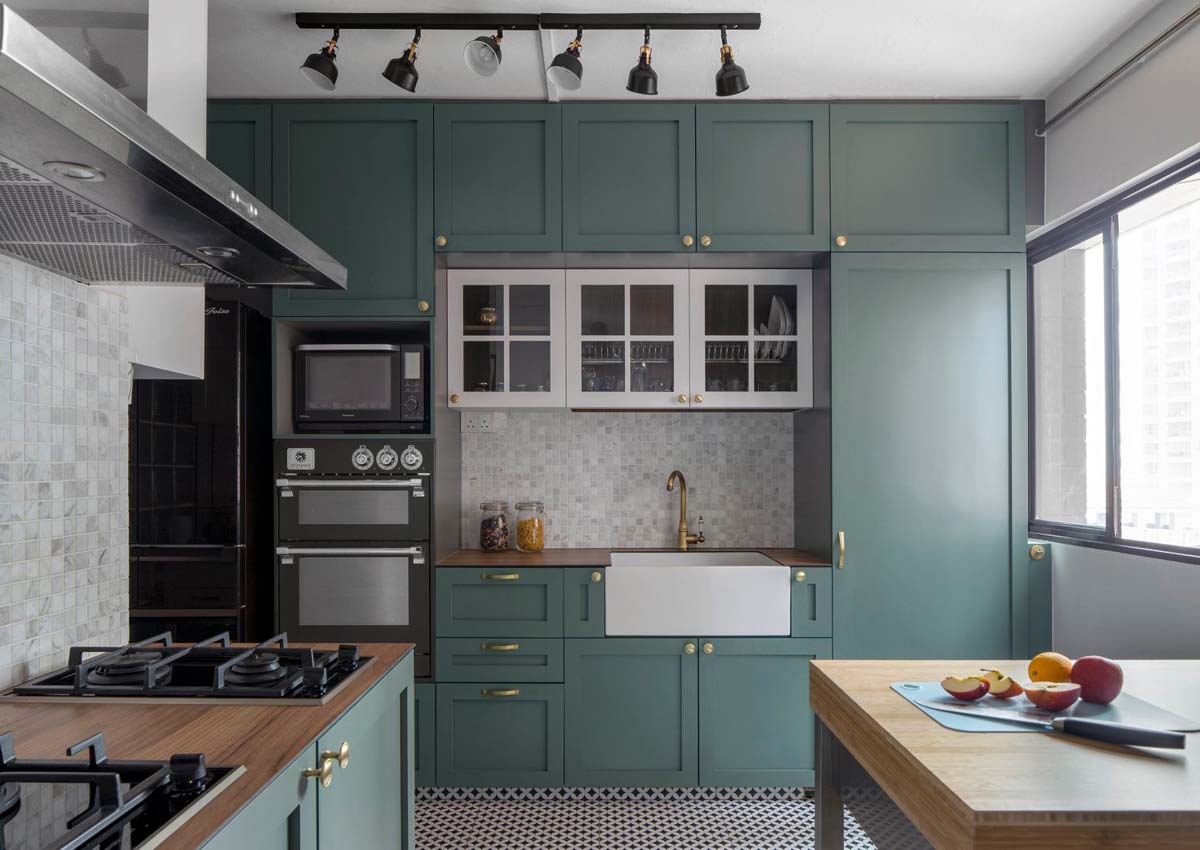
Ceramic : Ceramic sinks are very similar in appearance to fireclay sinks, although they are not as hardy or expensive. They can stain if you leave stains on them for too long and they can chip or scratch if you are not careful. Don’t use abrasive brushes when cleaning them. On the plus side, they are easy to wipe down after use.
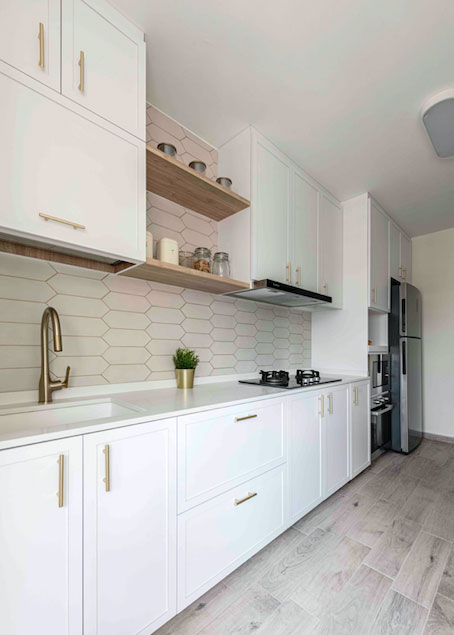
Composite : Composite sinks comprise a blend of materials, usually made from either quartz or granite blended together with acrylic resins. They are usually available in a wider array of colours and can be dense, durable and resistant to stains depending on the technology.
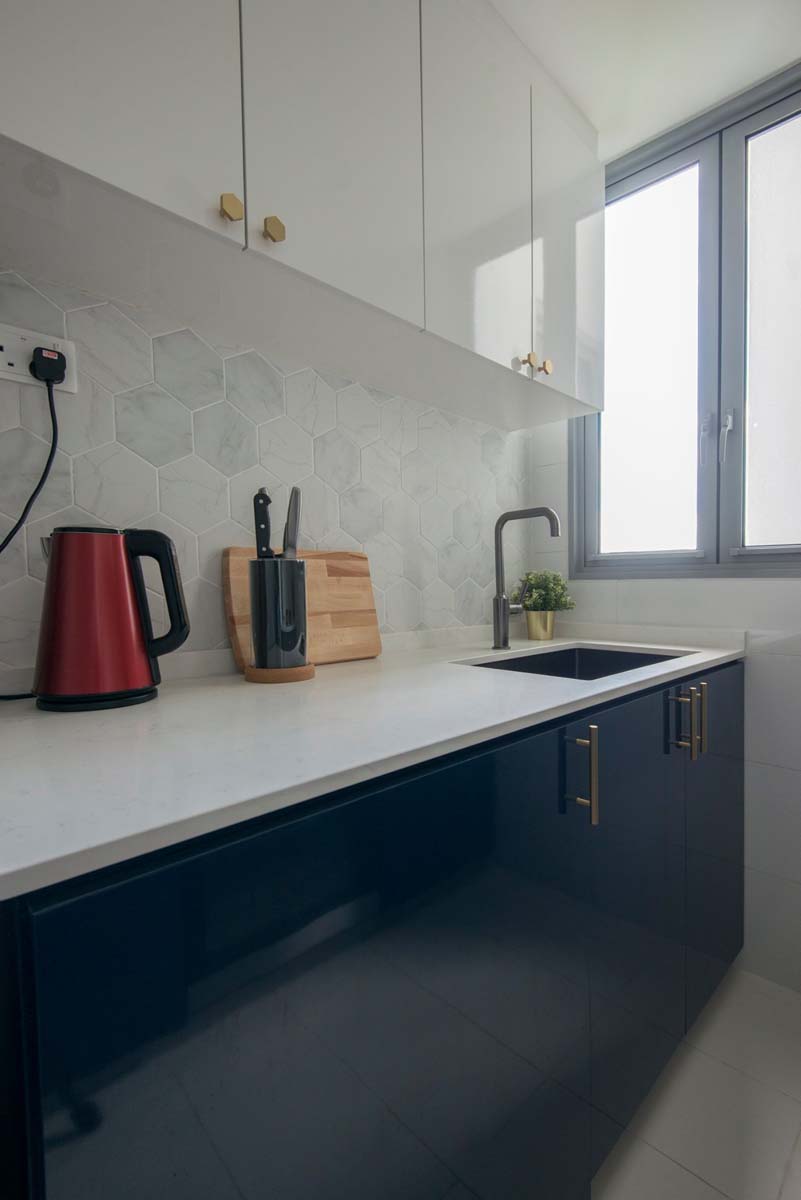
Some granite composite sinks such as the Silgranit sinks by Blanco are particularly hard because of its high composition of granite, so you might want to be extra careful if you are washing up delicate glassware.
Top-mount : Also known as drop-in sinks, top-mount sinks are bordered with a visible rim that sits right on the countertop. Compared with an under-mount sink, they are easier to install, and therefore replace if the need arises. Because they are no hidden gaps, top-mount sinks are also easier to clean.
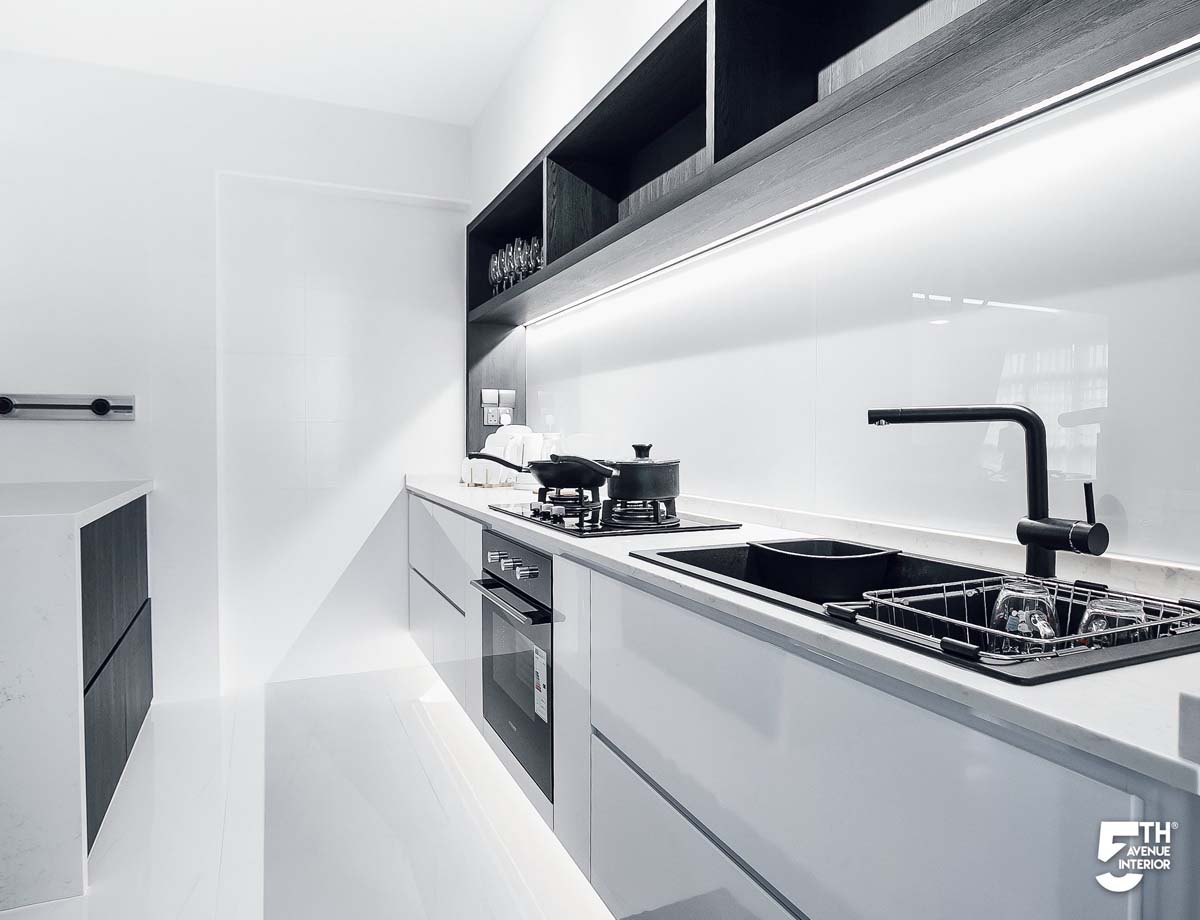
Under-mount : The edge of an under-mount sink sits just below the countertop. You get a little bit more countertop space with that, and it also makes it easier to wipe down contents on your counter into the sink without the visible rim.
However, the gap between the sink and countertop, which is usually filled with silicone caulk, is a hotbed for icky grime over time.
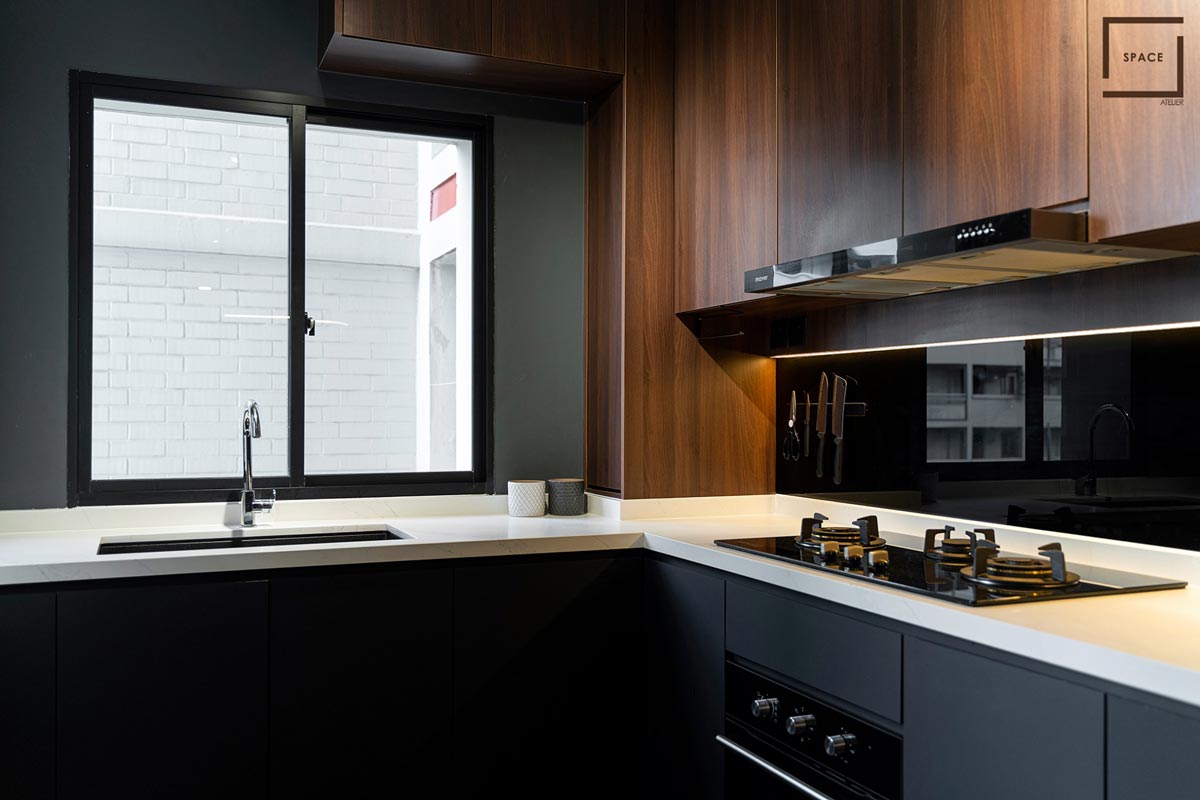
Flush-mount : This type of sink is newer in the market, and as its name suggests, has a rim that is completely flush to the countertop with no gaps, solving the issues concerning both top-mount and under-mount sinks.
Most flush-mount sinks are installed with the countertop on site before being brought into the kitchen for installation. Because of how precisely it has to be installed, a flush-mount sink only works with countertop materials like natural stone or quartz.
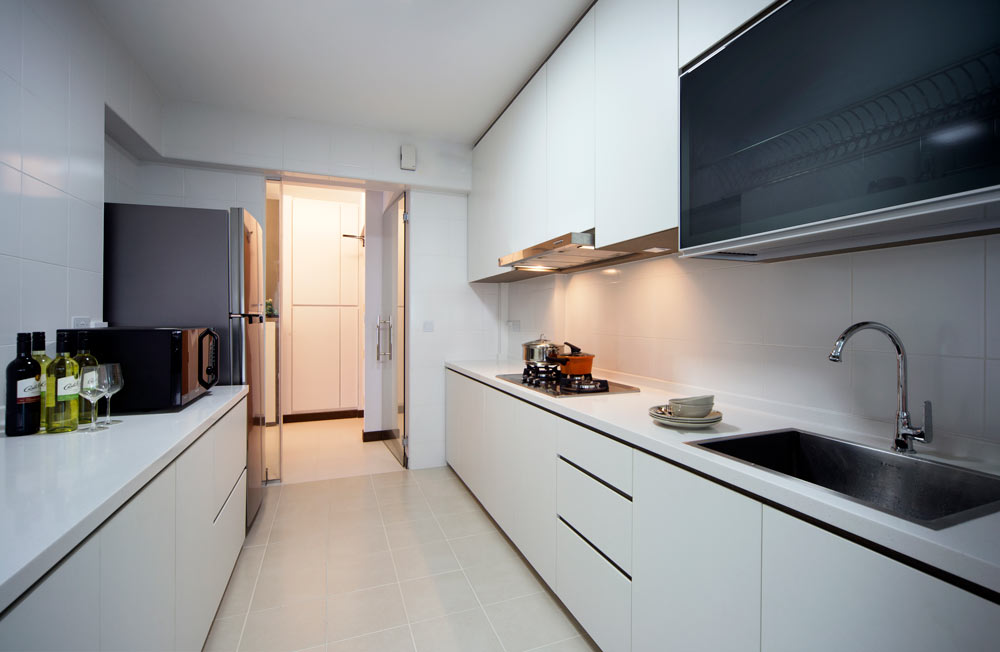
Integrated : An integrated sink is crafted from the same material as the countertop. The entire piece is also usually made on site first before being installed in your kitchen. There is virtually no seam, giving you a seamless effect that looks very clean and modern. Clean-up is also a breeze.
The caveat is that they can be really expensive. Also, if you want to replace your sink, you will have to change your entire countertop along with it. A likely scenario if you opt for a material like solid surface, which stains easily.
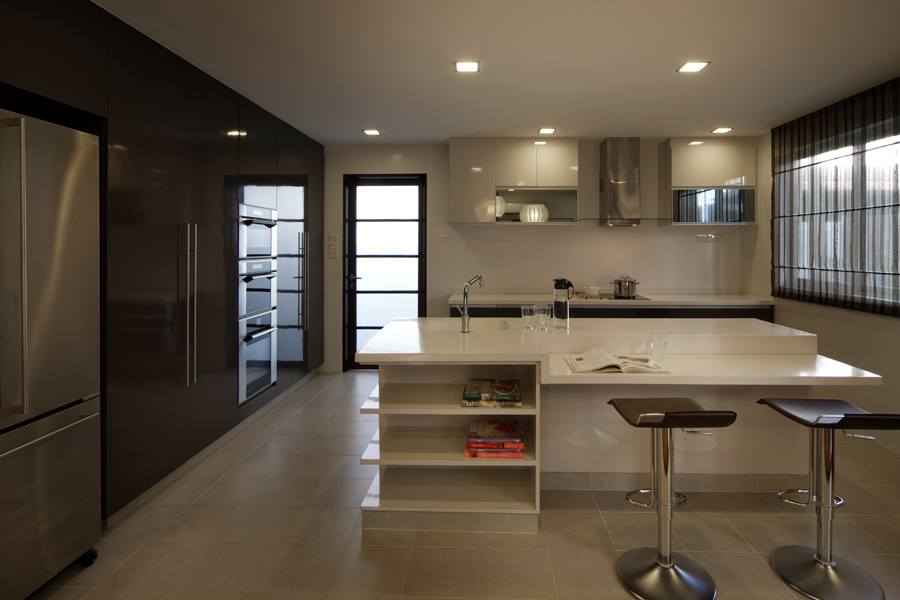
Apron-front : Also known as the farmhouse sink, apron-front sinks are a lovely addition to rustic, country style kitchens. But they are also popular in modern settings, and will be the centre of attention in any kitchen thanks to its very visible front.
Made usually from fireclay—although they also come in materials like ceramic, cast iron or copper—they will require you to custom your kitchen base cabinets in order to fit it in. You will also have limited options when there is a need to replace it down the road.
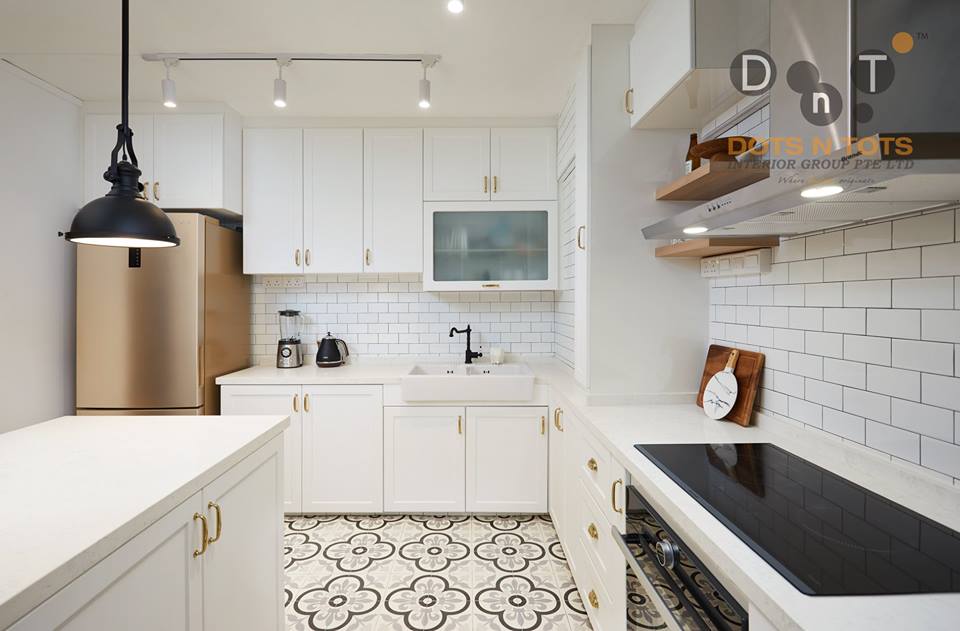
Single bowl : If you have limited space in the kitchen, a single bowl sink helps to cut down on countertop space. For avid chefs who cook with large woks or pans, a single deep sink lets you soak and wash the big-sized wares easily.
Deeper sinks are harder to clean though, and if you aren’t very tall, you might find it difficult to reach the bottom of your sink.
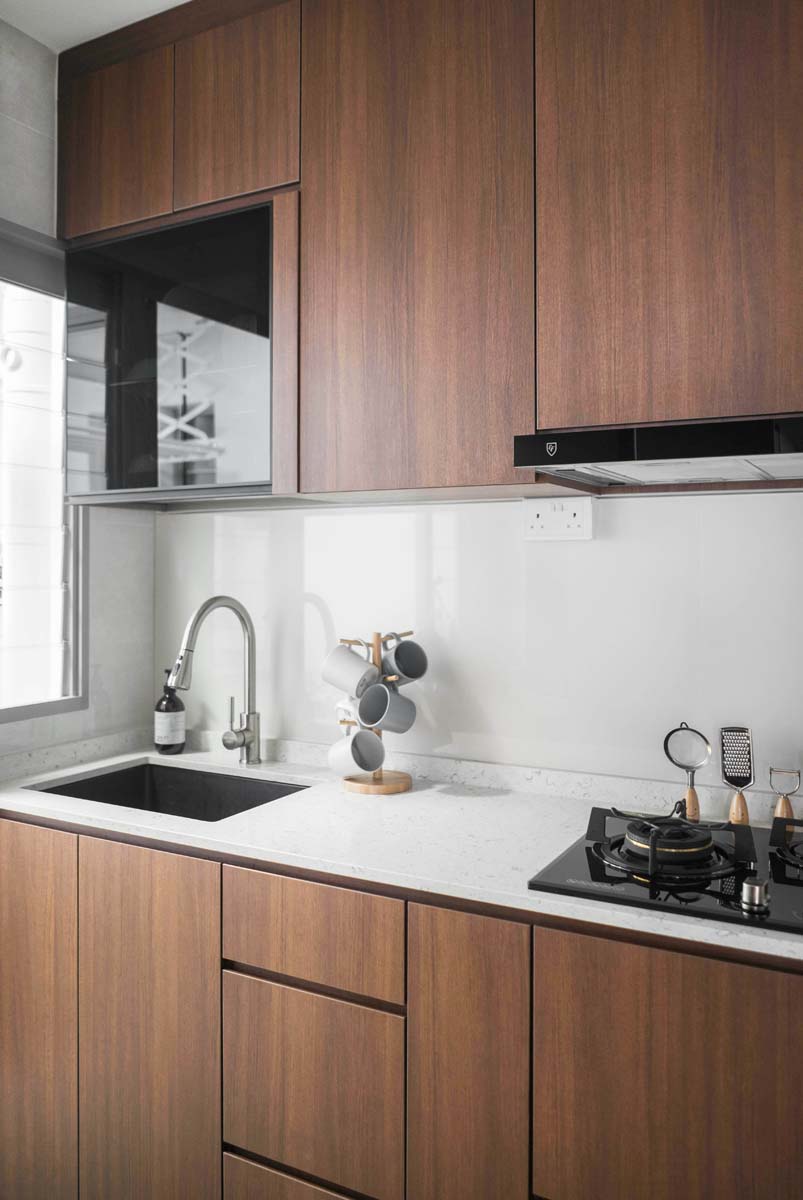
Two bowls of equal sizes : These sinks are usually relatively large, so you will need to use up plenty of countertop space. Great if you favour hand-washing your dishes over using the dishwasher since it affords you lots of room to place your soaped up dishes and plenty of space to rinse them.
It’s also a good option if you have two people working in the kitchen at the same time.
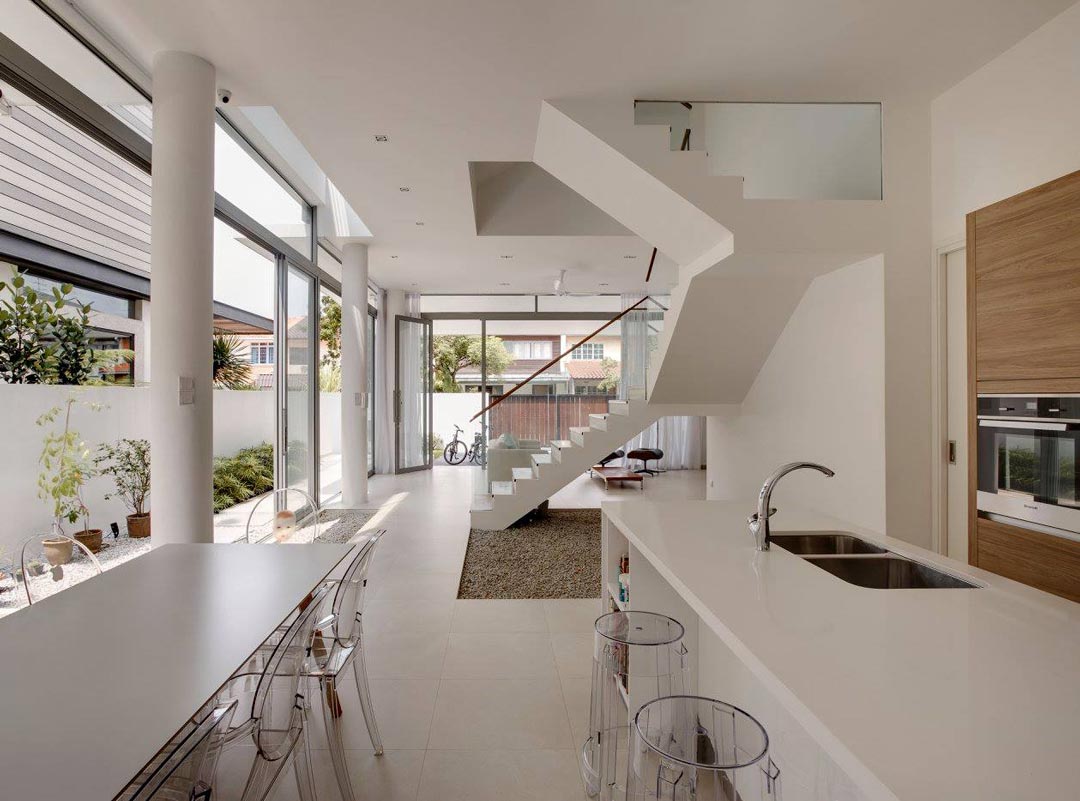
Two bowls with different sizes : Sinks with two different sized bowls are suited for those who like to use the smaller bowl to prep food. Some sinks come with a draining basket for the smaller bowl, which gives you a tidy spot to drain your dishes or to wash your fruits and vegetables.
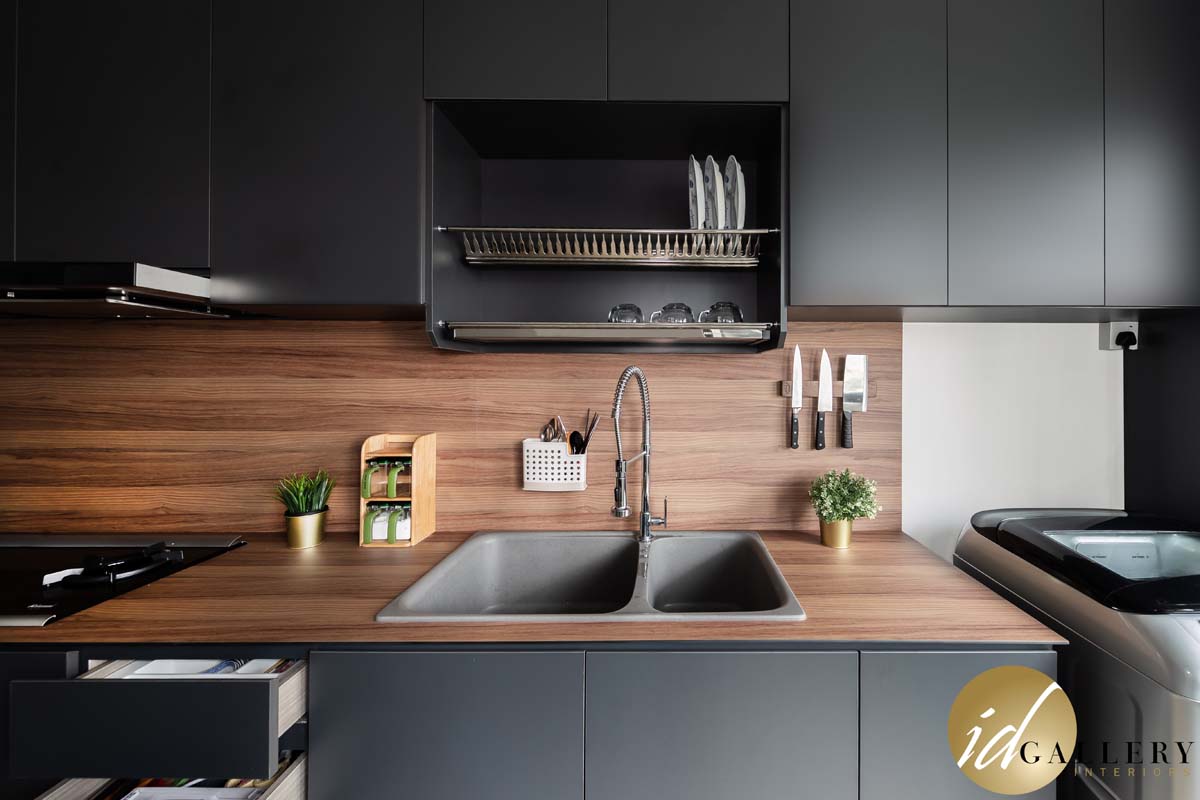
Kitchen sinks can go for as small as 45cm to as large as 90cm. When deciding on the size, look at your budget and think about how much countertop space you want to sacrifice. Larger sinks will also steal more design attention so consider if your sink will be the centre-piece of your kitchen.
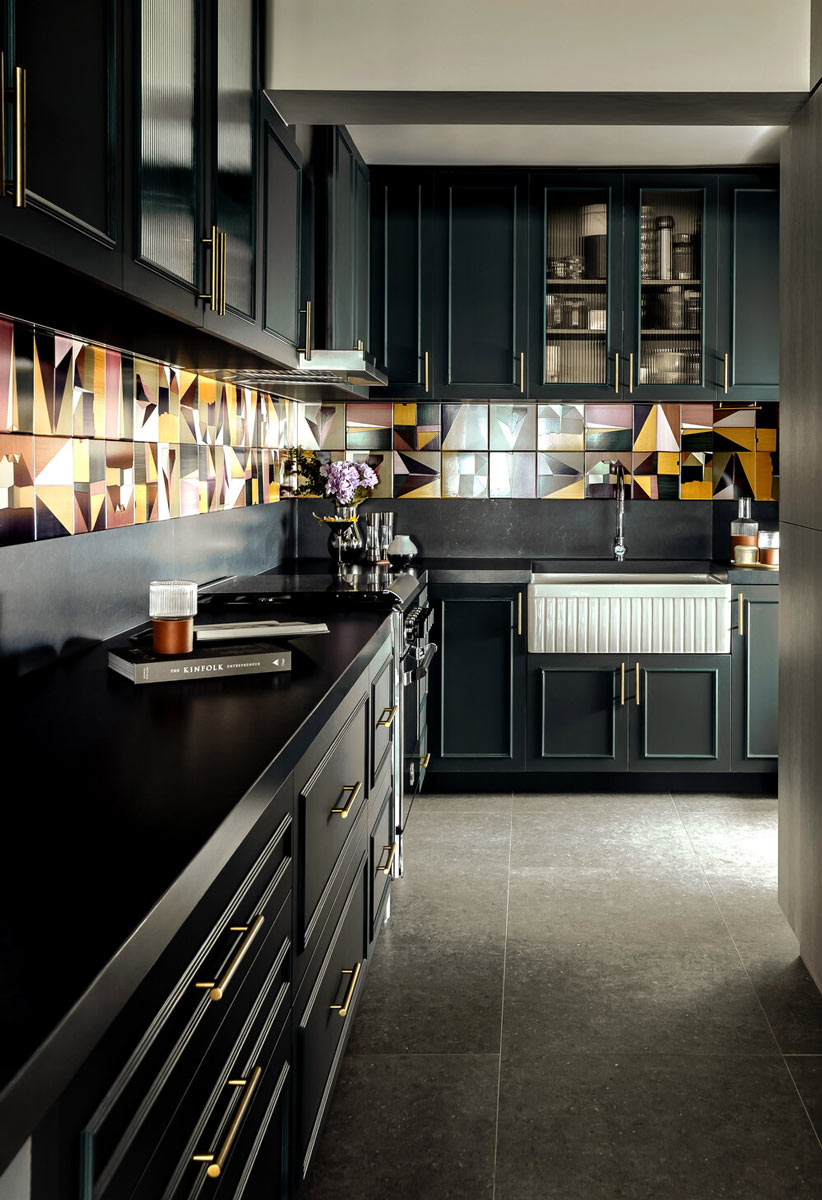
If you like hand-washing your dishes and you aren’t going for a dishwasher, consider a larger or deeper sink. For homeowners who don’t cook often or are more reliant on the dishwasher, you will get by with a smaller sink. Consider the cooking wares you will use when buying a kitchen sink.
Do you have larger pots and pans in your arsenal or do you mostly cook for one?
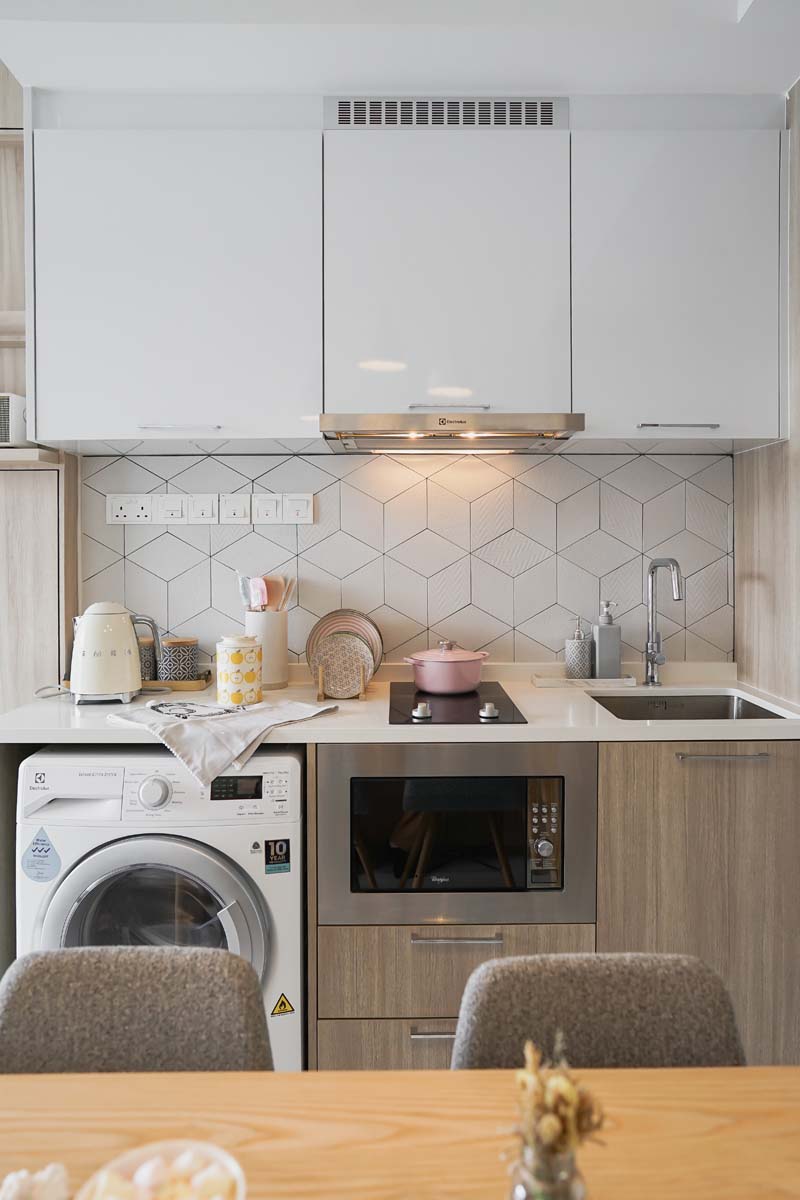
Whether you are embarking on a brand new kitchen renovation or are just replacing your existing sink will also impact the size you can get. If you are replacing a sink and are looking for a larger one, are you willing to change your existing cabinets and counters to accommodate your new fixture?
Curved edges : Sinks with curvy edges aren’t the sexiest or sleekest, but they do make it easier to wipe down after use. Plus, they will also help you soften the look of your kitchen.
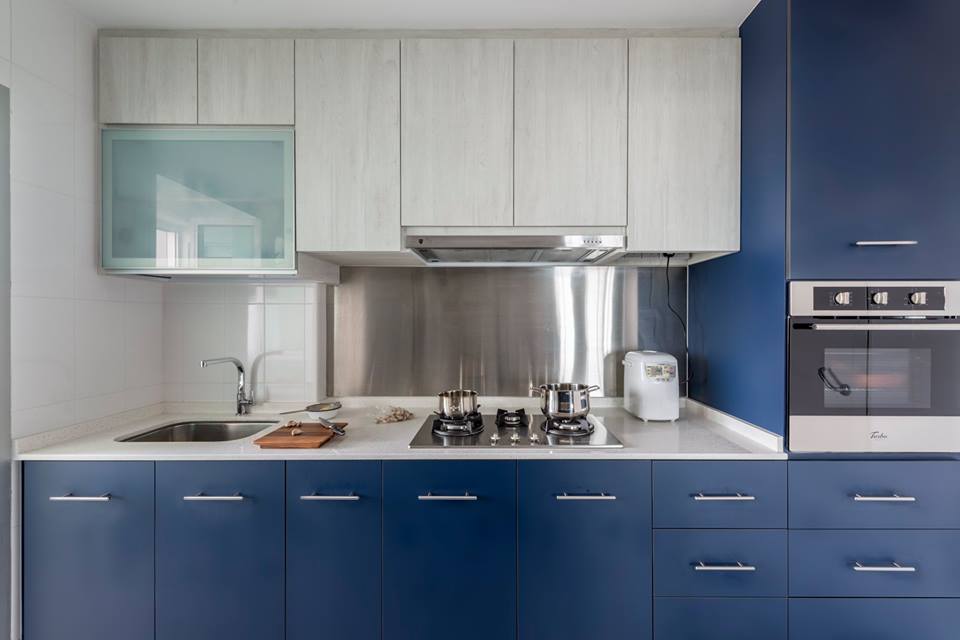
Offset drain : While most kitchen sinks come with a centre drain, some come with an offset drain located at the side. This avoids having the drain hole from being covered when you place your soaped dishes down on the sink. A great feature for single bowl sinks which don’t come with an extra bowl for placing soaped dishes.
An offset drain also helps to move the sink piping to the side, which frees up more usable under-cabinet storage space.
Drain boards : Sinks with drain boards can help to keep your countertops dry and clean, particularly useful if you have countertop materials that don’t take well to being wet for too long such as laminates or tiles with grouting.
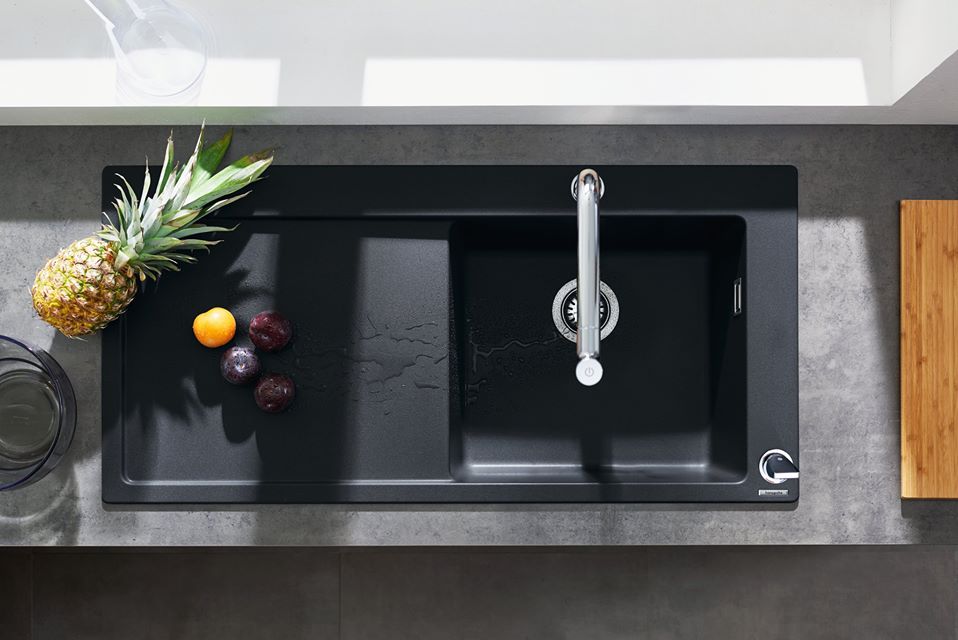
In general, you want to pay attention to proportion when it comes to choosing kitchen faucets. That means tall faucets for larger sinks and smaller faucets for small sinks. Make sure your spout is positioned as closely over the drain hole to prevent unnecessary splashing and noise when running the tap.
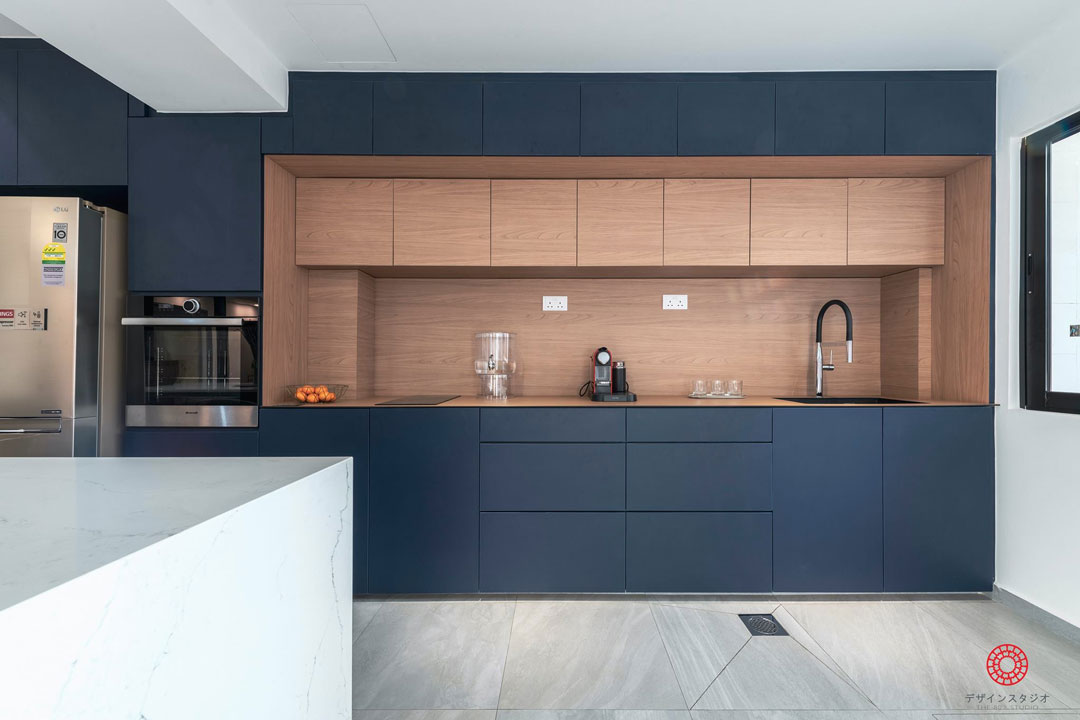
Your kitchen faucet also needs to have a ½” connection, which is the standard if you get your taps locally in Singapore. However, if you are sourcing for one from overseas such as on Amazon, the faucets may come in different size connections. US faucets, for instance, commonly feature a 3/8” faucet.
This can still fit our local supply lines as long as you get an adapter that can reduce your 3/8” connection to a ½” one, but it makes things a lot more inconvenient.
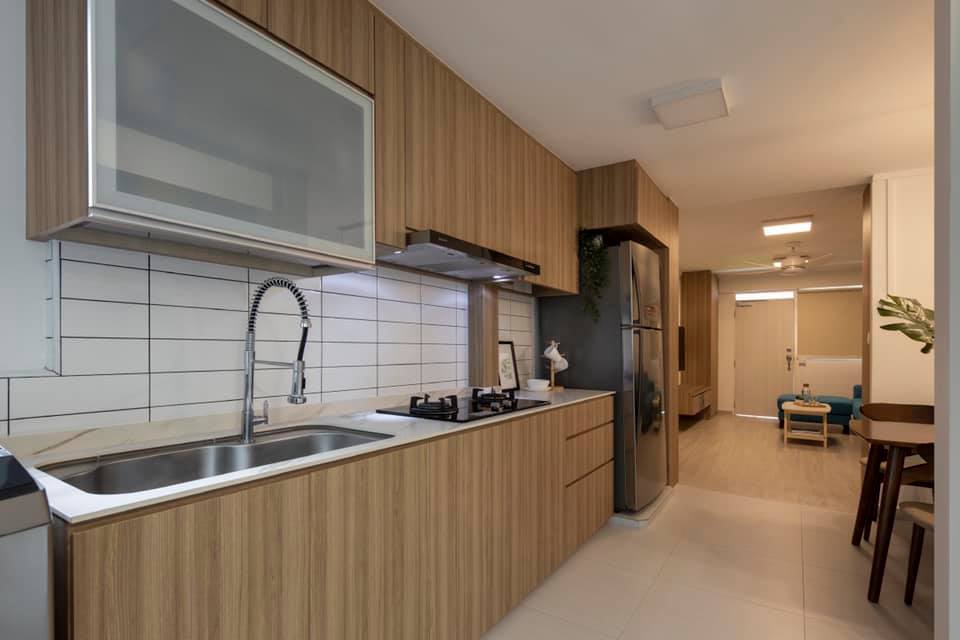
Swivel ability : If you want more flexibility, get a swivel faucet that can move from side to side. Some can go all 360 degrees.
This is especially useful if you have double bowl sinks where you will need the faucet to move from one bowl to another, or if you have larger wares or kettles that will need to fit under the tap and therefore benefit from a swivel faucet.
Pull-out spout : This feature allows the tap to be pulled out (or down) from the main spout and is useful for rinsing heavy crockery or for rinsing the sink after use. You can get a pull-out spout as an add-on later on, although some faucets already come with an in-built one which will give you a more streamlined look.
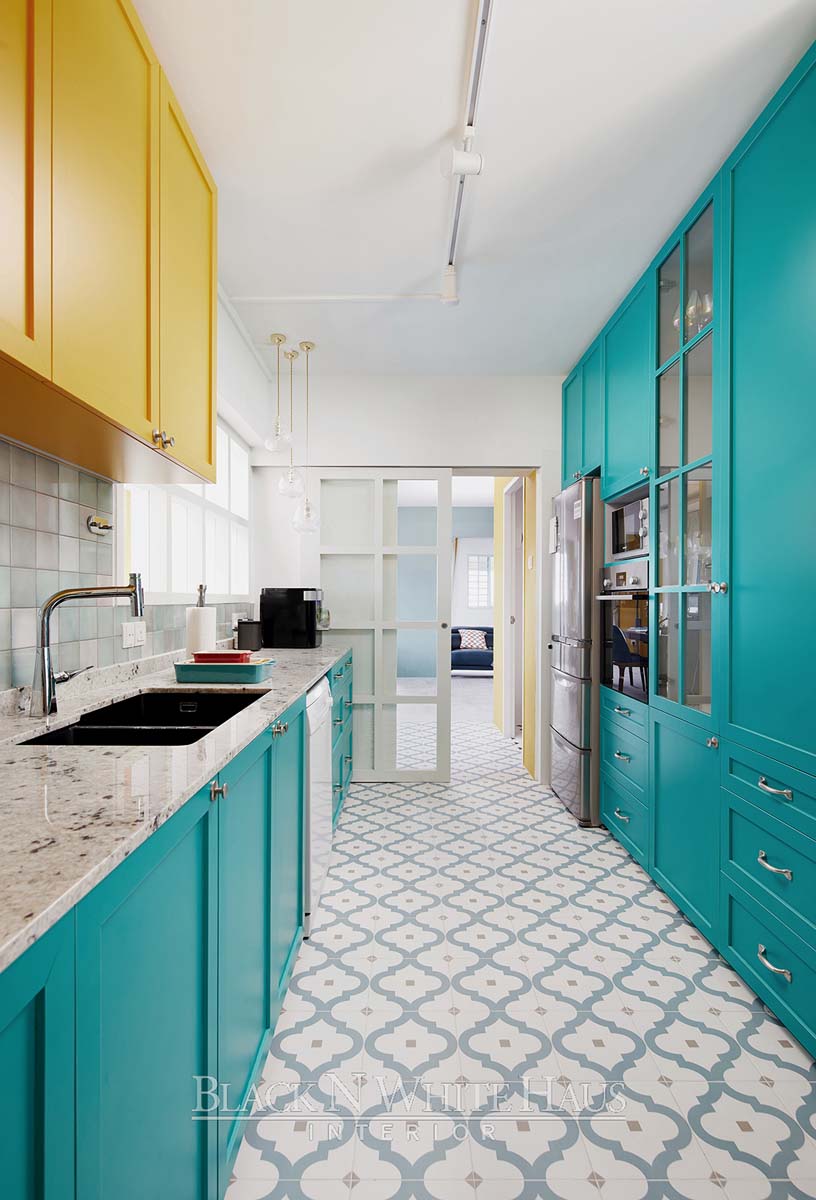
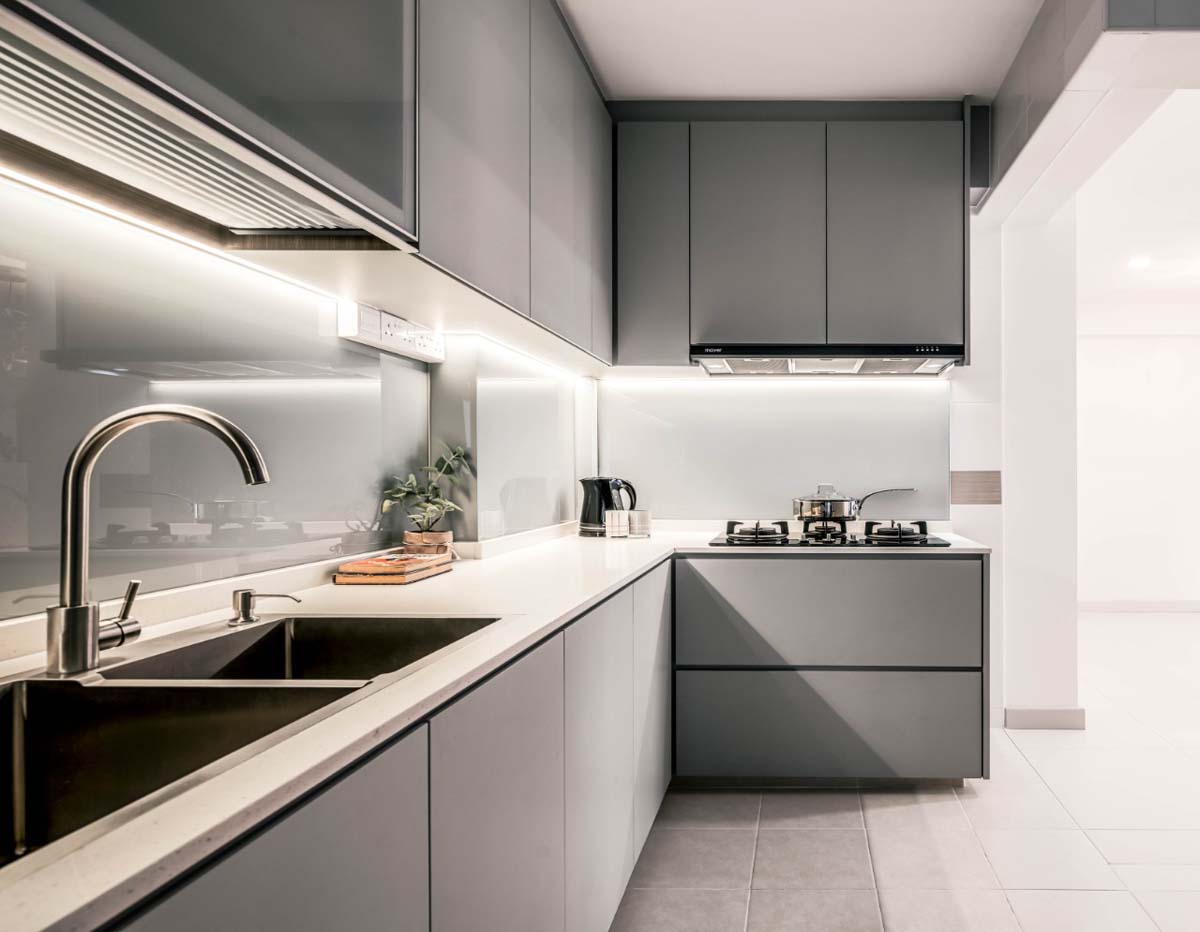
You will want your kitchen faucet to match your sink. So if you are going with a stainless steel sink, consider chrome or stainless steel faucets. You also want your tap to match with the overall look of your kitchen since they are very visible.
Traditional style faucets that come with fancy detailing and in finishes in gold, brass or nickel are a good option if you have a country style kitchen, while more streamlined models will fit in with your contemporary cooking space. Matte-black faucets are also popular for offering a snazzy modern look.
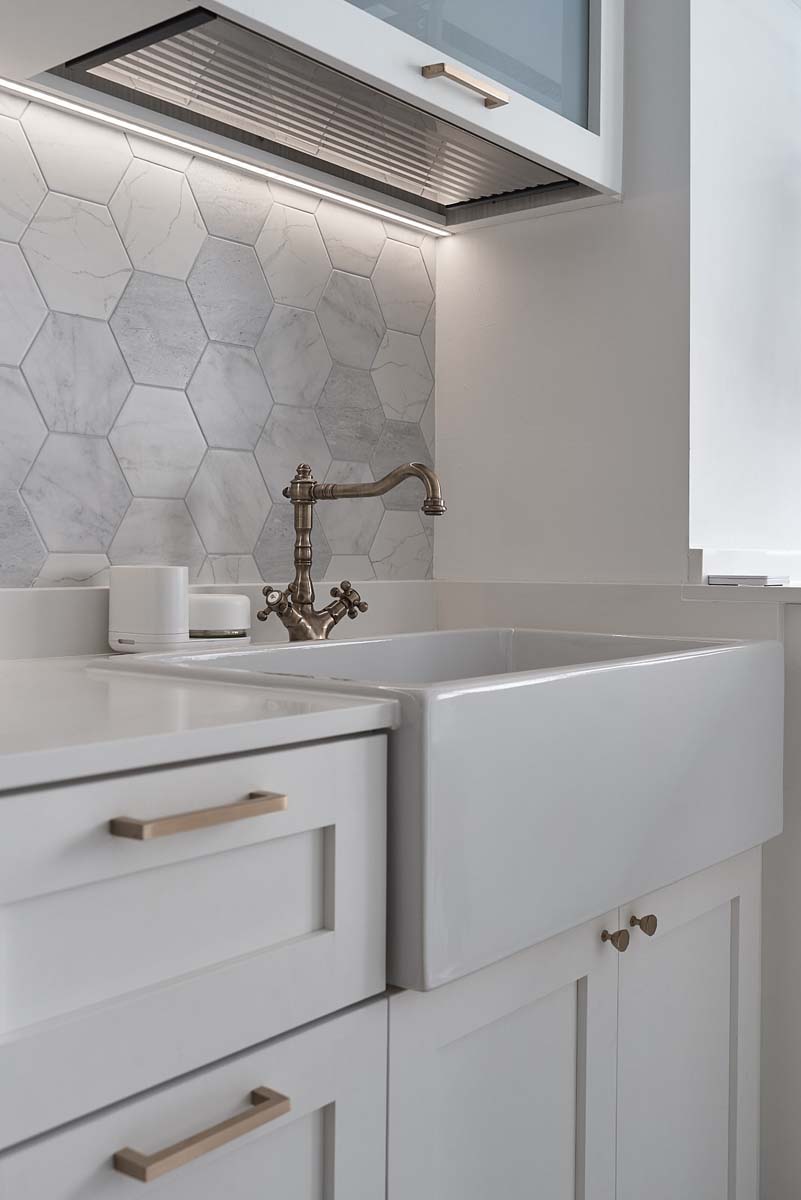
This article was first published in Renonation.